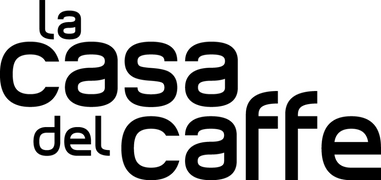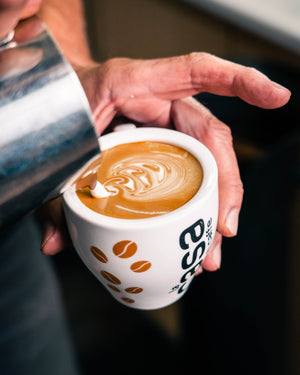BARISTA BASICS CHECKLIST
BARISTA BASICS CHECKLIST
We've prepared a step-by-step guide to making espresso based coffee for the beginner. We have focused on use within a commercial environment, however, a similar process can be followed for a manual espresso set-up at home too.
PREPARE THE MACHINE
- Turn the machine on. The on/off switch on some commercial espresso machines might have three positions - that is: 0 for off; ⚡ for on; 〰 for service.
- Wait until it reaches operating temperature - this can take up to 30 minutes.
- Keep the empty and clean group handles locked in the group heads.
- Open the steam valve(s) for about 5 seconds and then close it.
- Refresh the boiler by releasing water from the hot water outlet.
- Check the water pump pressure is between 8 and 9 bars during extraction.
PREPARE THE GRINDER
- Turn the grinder on.
- Fill the hopper with fresh coffee beans.
- Ensure the bean-hopper gate is open.
- Grind some coffee, discard the first dose and tamp and make a coffee.
- Assess the extraction - 25-30ml should pour in about 25-30 seconds.
- Assess the used grinds - these should look damp and firm, not watery, sloppy or dry.
- Taste the espresso.
- Only adjust the grinder if the extraction is incorrect.
La Casa’s dose recommendation is:
2 clicks for a single filter basket (12 g)
3 clicks for double filter basket (18-21g)
EXTRACT ESPRESSO
- Insert an empty and dry filter basket into the group handle.
- Dose the required amount and slightly overfill the filter basket.
- Level off the excess using your finger.
- Tamp using a consistent firm pressure.
- Tap the side of the group using the tamp and tamp again using a firm pressure.
- Wipe off any coffee grinds from around the rim and lugs.
- Insert the group handle into the group head.
- Position the cup(s) and extract the coffee.
- Monitor the extraction and timing. Is it flowing too quickly or too slowly?
- Remove the group handle and assess the used coffee grinds.
- Discard the used coffee grinds by knocking the rim of the group handle on the bar of the waste tube.
- Purge the group head for a few seconds.
- Either dose and extract again or insert the empty clean group handle into the group head to keep it at operating temperature.
- Select a jug and add cold milk. Fill the jug to approximately half way.
- Purge the steam arm for a few seconds and then turn it off.
- Place the tip of the steam wand just below the surface of the milk, about 1-2cm below the surface.
- Tilt the jug slightly and turn on the steam. Observe the milk as it swirls and thickens and increases in volume.
- Once the milk looks thicker, raise the jug to lower the steam wand deeper in the jug to bring milk to desired temperature. If using a thermometer heat the surface milk to 40 degrees and then lower to heat for a further 20-30 degrees.
- Turn off the steam and remove the jug.
- Wipe the steam arm.
- Purge the steam arm for a few seconds and then turn it off.
POURING THE MILK
- As a beginner, it can help to rest the spout of the jug on the lip of the cup, glass, mug. This will help to maintain a consistent pour as you combine the milk with the crema.
- Slightly tilt the glass, cup, mug.
- Slowly pour the milk starting towards the lower side of the glass,and as you reach the halfway mark, level the glass and lift the jug off the lip moving it slowly towards the other side of the glass.
Latte Art requires more technique and a lot of practice.

